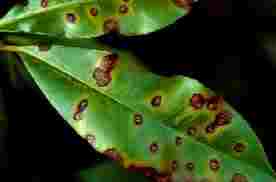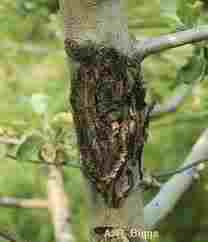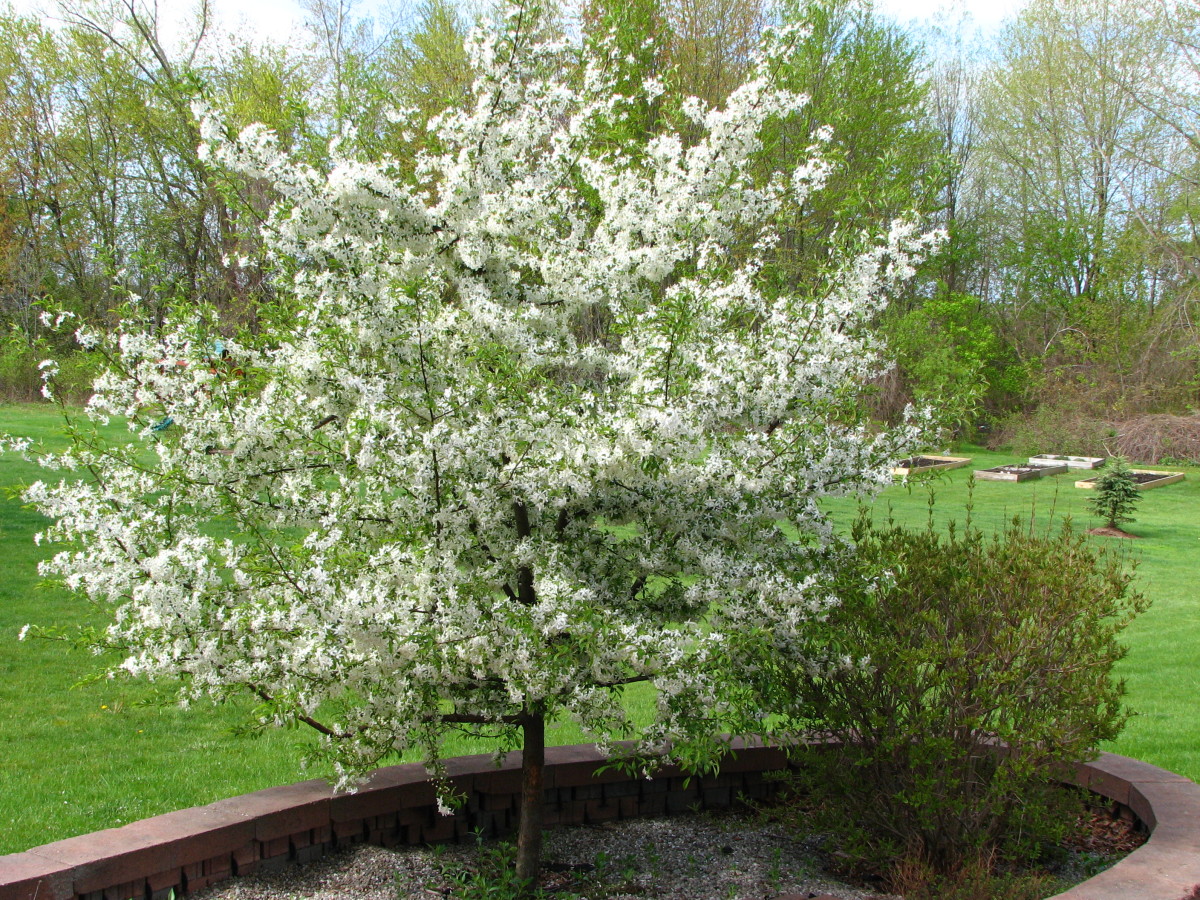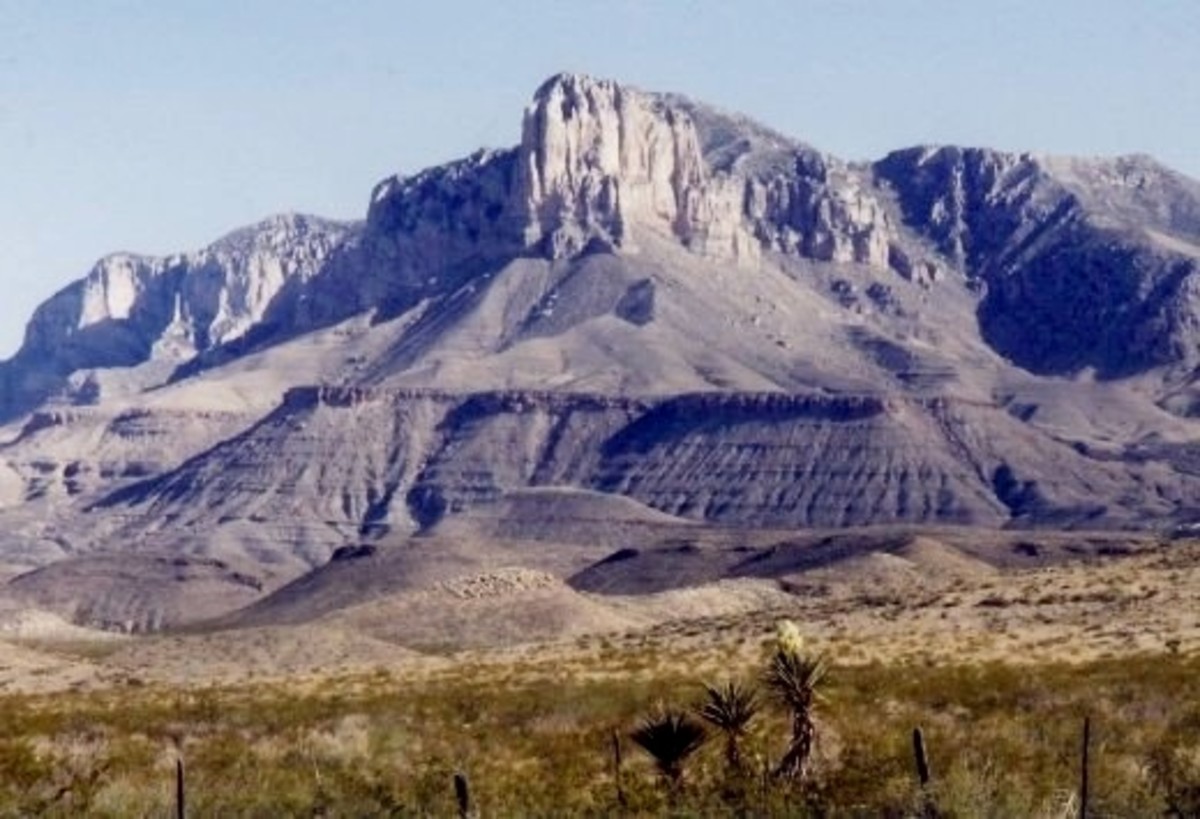Texas Trees are on Fire!!
Always serious, after heavy hail, often disastrous.




Plants and Man: Under Constant Attack
Being a plant is not an easy life. They are subject to about one hundred different attacks from predators, fungi, and diseases like Fire Blight.
A came across this problem from a complaint from a friend in Ben Wheeler, Texas, who said their trees are severely affected this year. I didn’t have chance to chat, but I presume she meant fruit trees, as many of these, from berry bushes, to long established orchard giants, are the victims of this bacterial infection.
It’s easy to identify “Erwinia Amylovora,“ or Fire Blight. As its name suggests, the trees seem as if they have been in a forest fire with blackened, splitting and curling shoots, flowers, buds and leaves, the latter often curling into the classic “Shepherd’s Crook” death throes.
For once, we (Americans) have only ourselves to blame as this blight began here as far as we can determine, and has spread to many countries throughout the globe…in return for imports, like the Asian Beetle perhaps!
Texas fruit farmers - as well as those in many other states fear heavy hail storms. This is because the bacteria finds any wound on trees, such as that caused by excessive pruning, wind and hail damage, as an easy portal. In fact, many commercial farmers don’t wait after hail storms, which can have trees infected in hours!! but begin defensive action as soon as they can get outdoors again, spraying and cutting out any infected and damaged areas.
The common treatment is to remove any diseased material, cutting abut 6 inches below the margin of the blighted wood. This should be removed from the area immediately and burned - give the “blight-ers a taste of real Texas hospitality towards malignant invaders, from General Santa Ana, to nasty bacteria!
The bared wood - and the implements after each operation - is commonly doused with household bleach at about 1 part bleach to 9 water.
After remedial paring and scraping, all the trees are commonly sprayed with liquids containing antibiotics such as Streptomycin and Terramycin. Treatment often used in human illness. Like human disease, too, the Fire Blight bacteria are seen in several areas where concentrated treatment has been needed - such as parts of California and Washington - to be becoming resistant to these antibiotics.
Unfortunately, the blight is also spread by everyday pollinators such as bees and other arthropods
Fire Blight is usually contained to the family Rosaceae. Apart from a host of fruit and berry trees, this included hip-bearing plants, such as rose bushes.
.The only blessing is it gives steady work to folks like my gal in Texas…!








